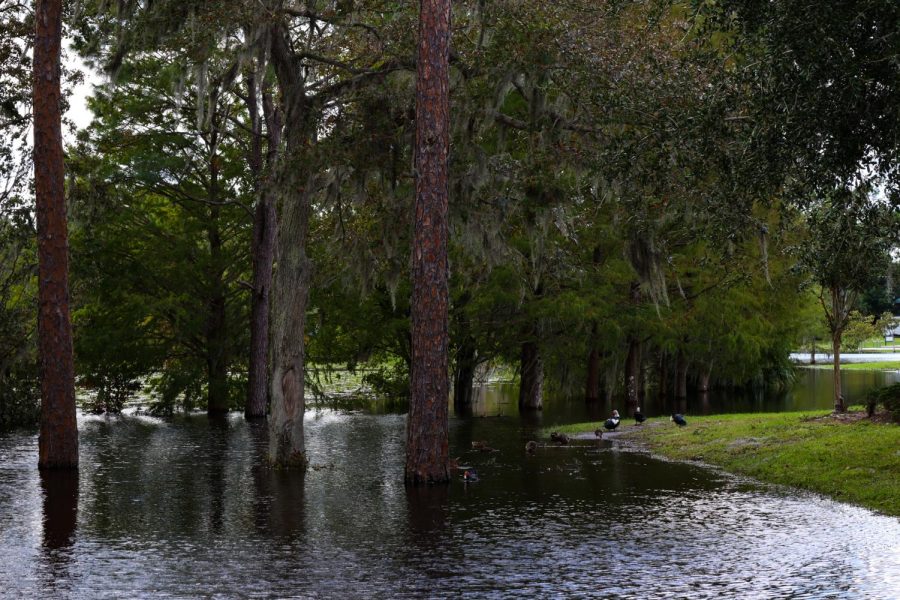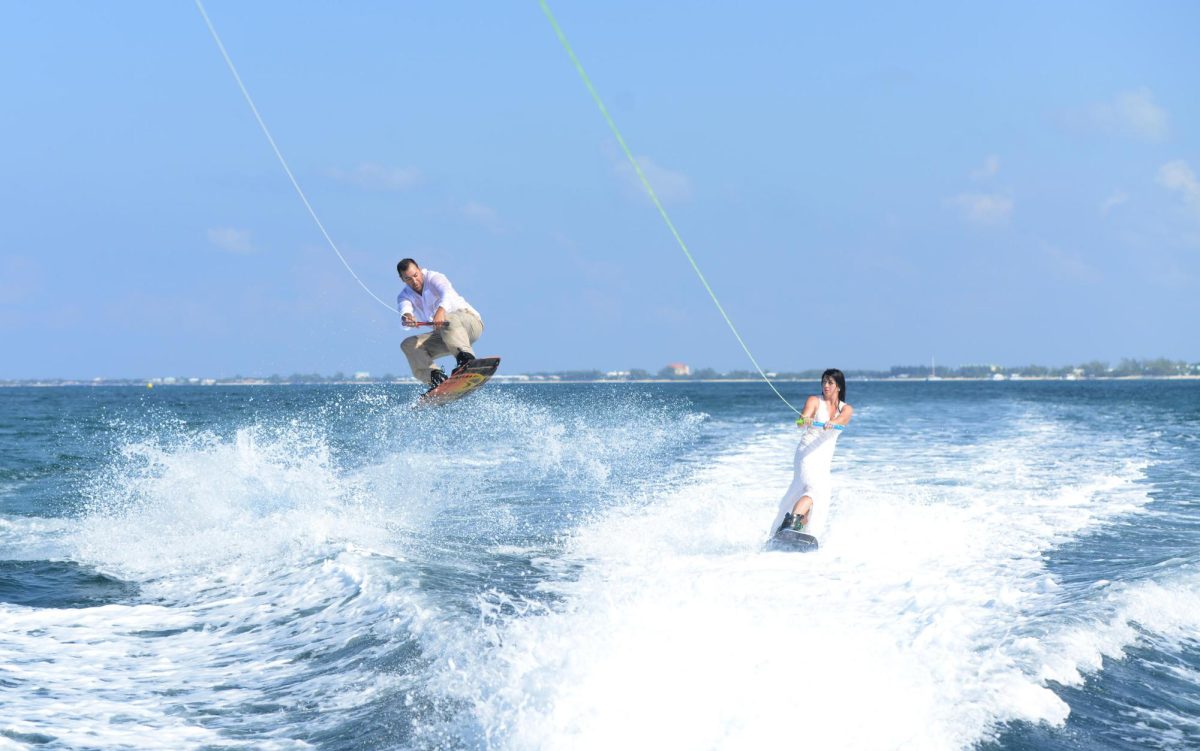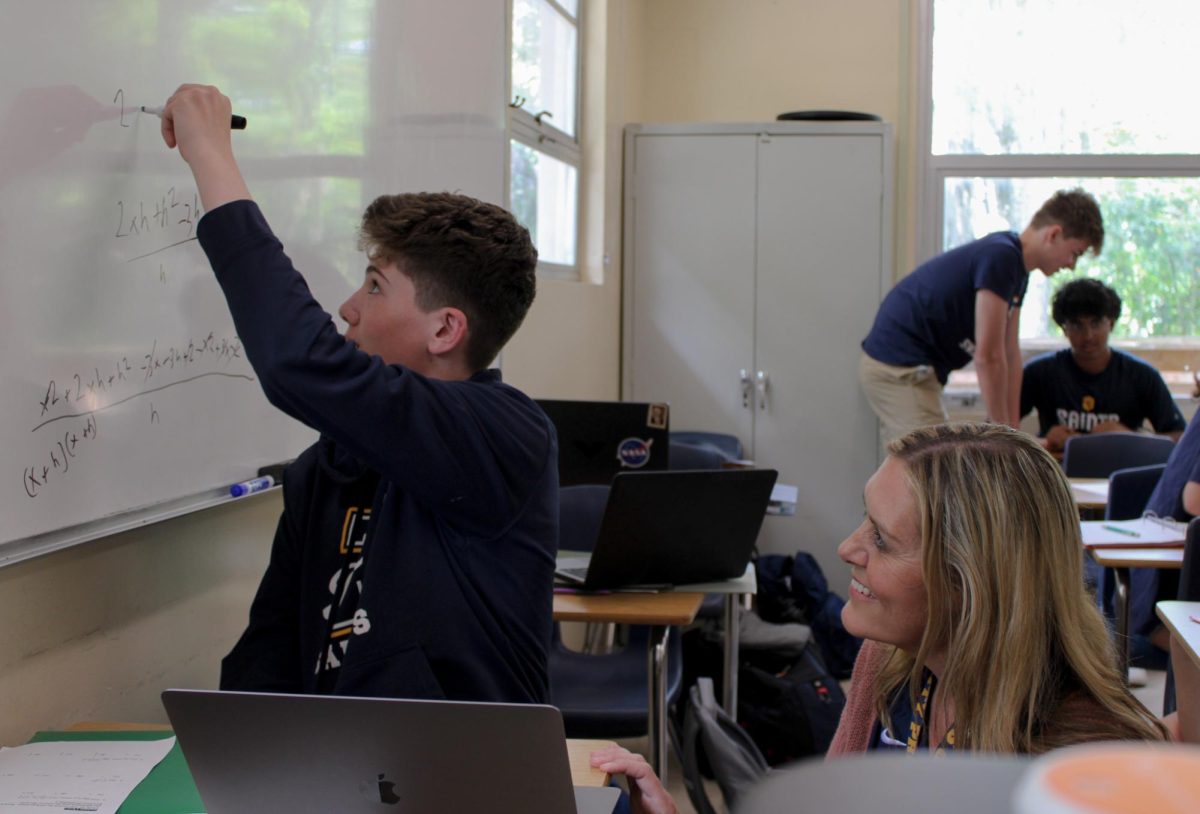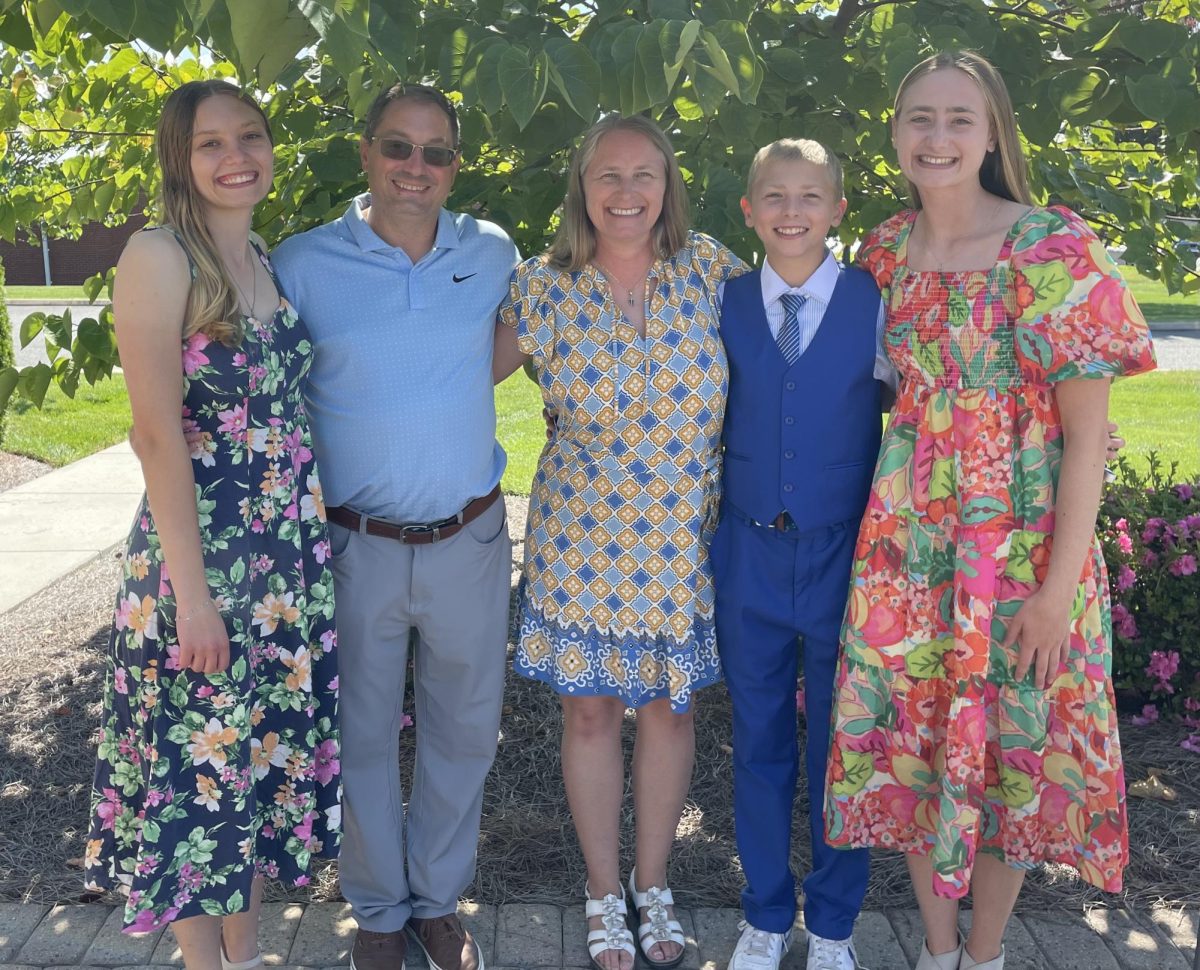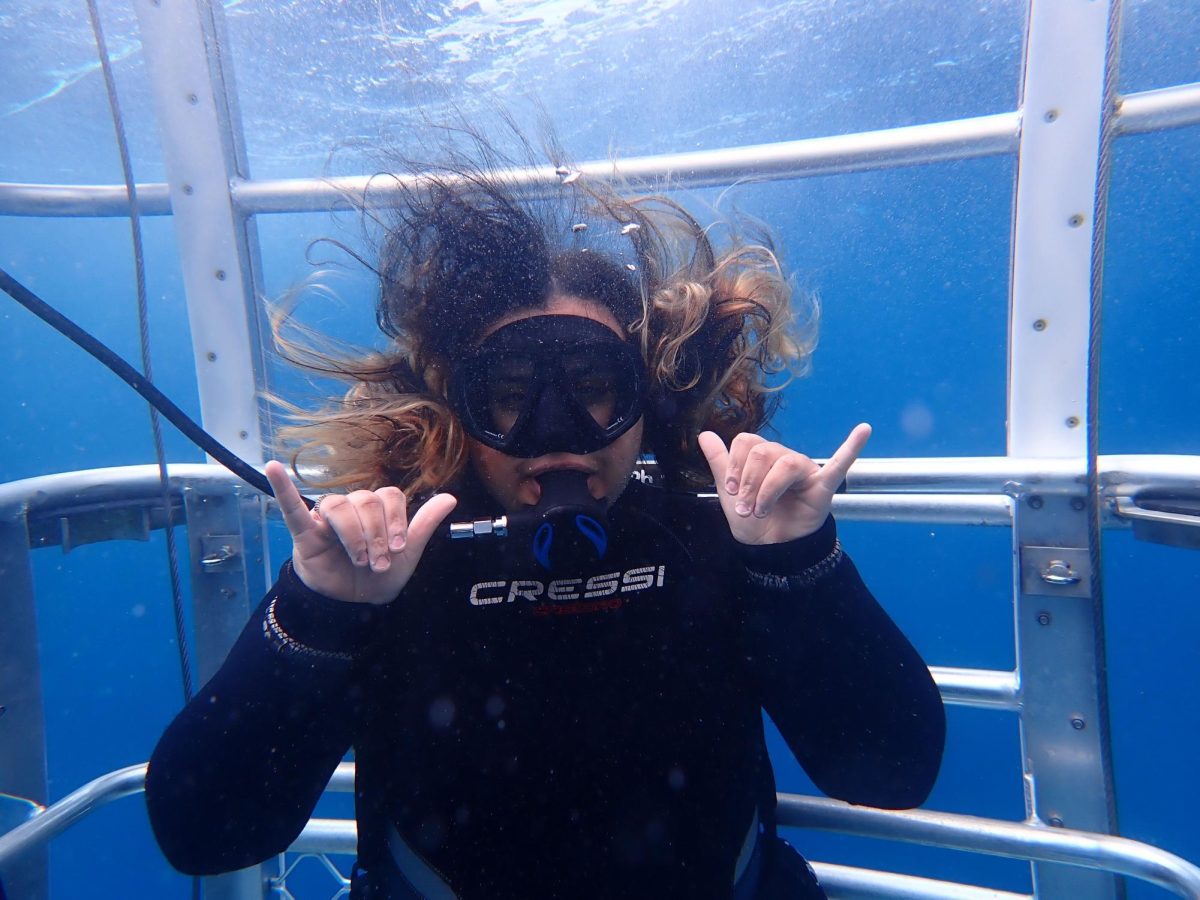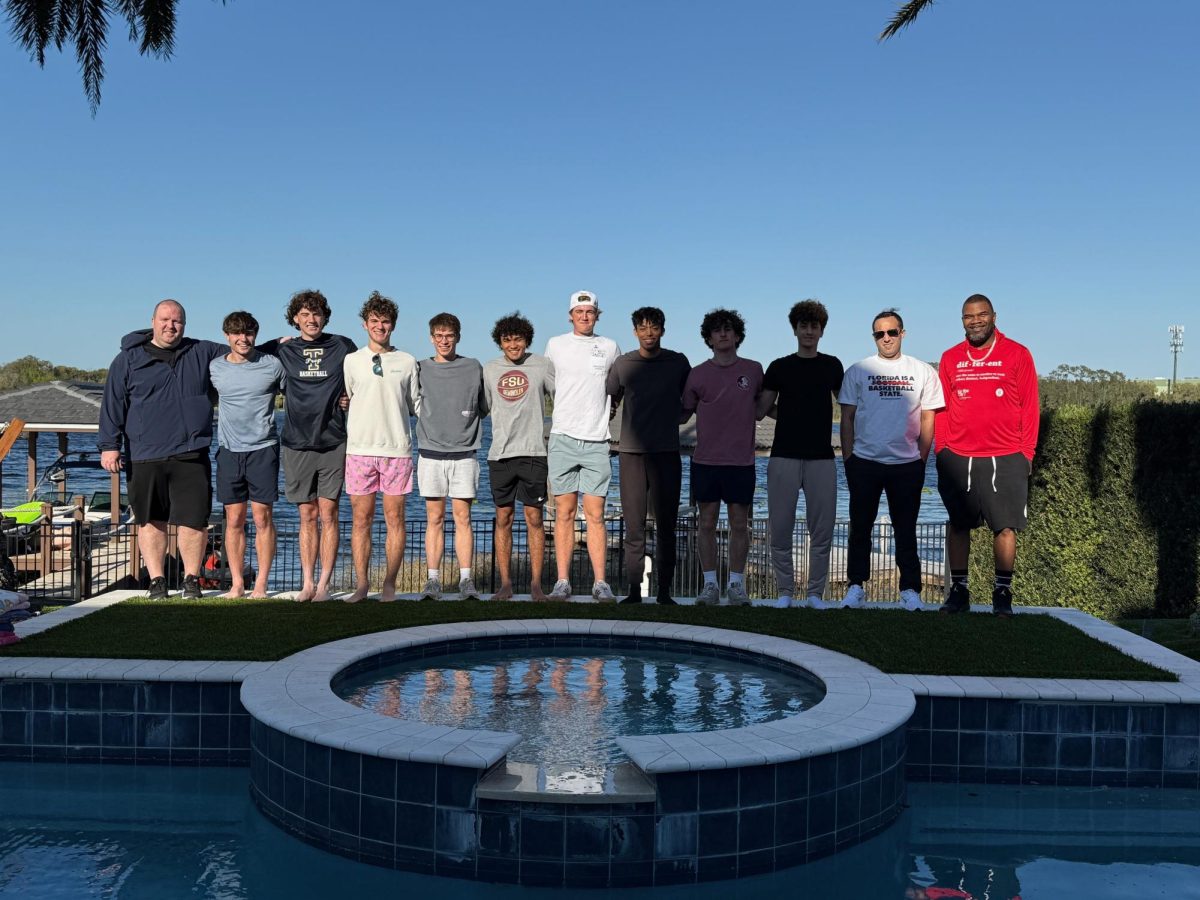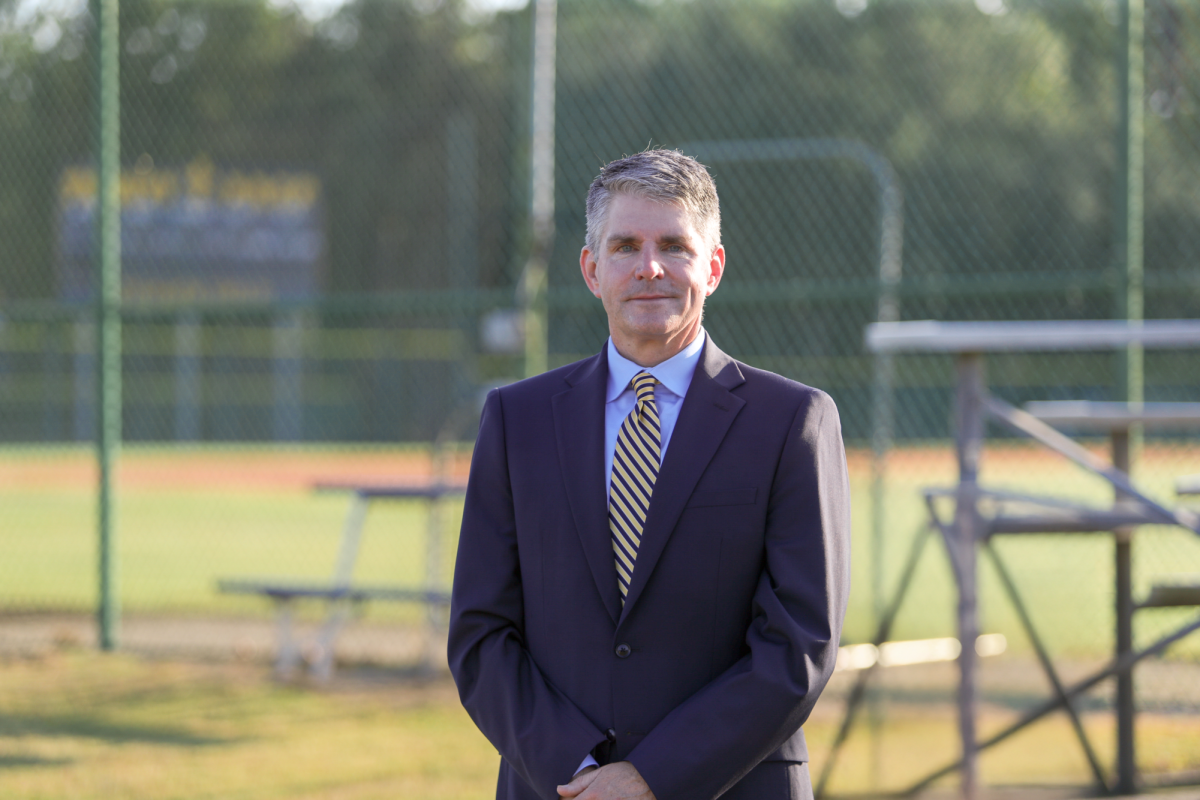After making landfall in Southwest Florida, Hurricane Ian reached Central Florida on September 28 as a Category 4 storm, resulting in the closure of Trinity’s campus for both students and faculty.
In order to allow families to prepare accordingly for the storm, school administration decided to have classes meet asynchronously on September 27.
“The rest of the week was contingent on the impact of the real lives of our families.” Head of School Byron Lawson said. “Even if the storm missed us, [we knew] the power would be out in a large region.”
While the campus was shut down to faculty and students, security guards such as Luis Morales remained on campus overnight to ensure that campus remained safe throughout the storm.
“It was scary,” Morales said. “The hurricane started getting worse around 2 in the morning. Once it slowed down on Thursday, I did another patrol around campus. It was flooded everywhere and there was a lot of debris and tree branches.”
Before ultimately moving northward, Ian lingered over Central Florida overnight and into the next day, battering the area with strong winds, collapsing street lights and completely flooding local neighborhoods and roads.
Fine arts teacher Maureen May was able to aid a friend in the Orlando area who suffered severe flooding and property damage.
“His apartment was knee-high in water,” May said. “We had a crew of people nonstop with waders on trying to get through the muck and sewage, trying to get what we could salvage out of the houses.”
In order to determine if a return to in-person learning would be feasible after the storm, administration sent out a survey to the Trinity community, asking about the health and welfare of their households.
The survey, which revealed that many families were without power or in a flooded area, was taken heavily into consideration when administration made the decision that classes were to be shut down completely until October 3.
Throughout her years at Trinity, varsity cross country coach Sara Dowdy has weathered the effect of storms on the cross country course, and said Ian caused the worst damage so far.
“I’ve never seen it like this before, the course is always soggy and wet [after a storm], but never have I seen the lakes combined,” Dowdy said. “The bridge actually looked like a bridge… for our purposes, it’s out of commission for a while.”
Before students could return to campus, a major repair that had to be corrected involved slow drainage, meaning no restrooms or water fountains at the time.
According to Lawson, members of the administrative team came in before school resumed on Monday to do more minimal repairs, such as raking fallen leaves and other visible debris.
“Our goal is always the health and safety of the community and the continuation of learning when possible,” Lawson said. “Overall, we were definitely very blessed.”




